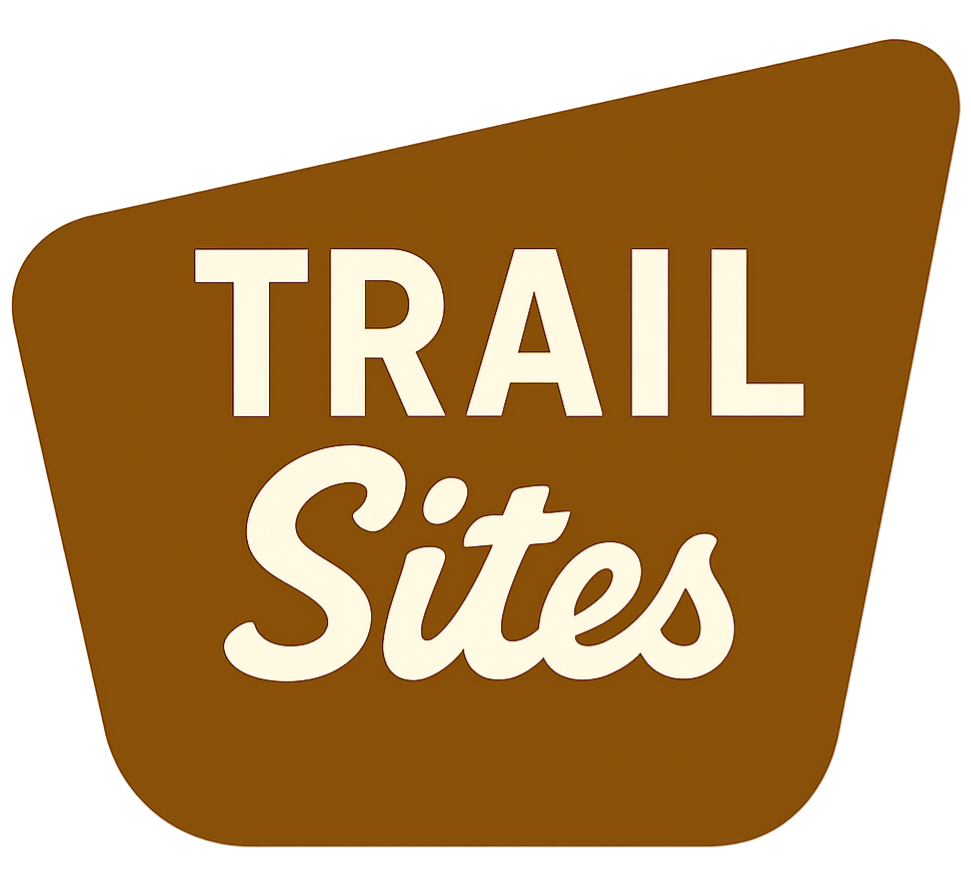(And How Inclusive Design Can Help You Reach More People)
When designing a website, most businesses focus on things like branding, layout, and mobile responsiveness—which are all important. But one thing often gets overlooked:
Can everyone actually use your website?
That’s where website accessibility comes in. And it’s not just a “nice to have”—it’s essential for both legal complianceand good business.
What Is Website Accessibility?
Website accessibility means designing and building your website so that people with disabilities can use it—just like everyone else.
This includes users who:
-
Have vision impairments (blindness, color blindness)
-
Rely on screen readers or keyboard navigation
-
Have motor skill challenges
-
Are deaf or hard of hearing
-
Have cognitive or neurological differences
When your site isn’t accessible, these users are excluded from interacting with your business—which means you’re losing potential customers.
Accessibility Is the Law
In the U.S., websites are increasingly subject to the ADA (Americans with Disabilities Act). If your business serves the public, your website could be considered a place of public accommodation.
Lawsuits for inaccessible websites are rising fast.
Thousands of businesses (including small ones) have faced legal action simply for failing to make their sites usable by all.
The Business Case for Accessibility
Making your site accessible isn’t just about compliance—it’s also smart marketing.
-
1 in 4 U.S. adults live with a disability (CDC)
-
Accessible sites perform better in search engines (SEO boost)
-
Accessibility features often improve mobile usability
-
It enhances your brand’s reputation, trust, and reach
Put simply: it’s the right thing to do—and it pays off.
How to Make Your Website More Accessible
You don’t have to rebuild everything. Start with these basics:
✅ Use Proper Contrast
Ensure text is readable over backgrounds (especially for buttons and calls to action).
✅ Add Alt Text to Images
Screen readers need alt descriptions to convey what an image is about.
✅ Use Headings Hierarchically
Structure content using H1, H2, H3 tags properly—this helps users and screen readers navigate.
✅ Enable Keyboard Navigation
Make sure all content and menus can be accessed with a keyboard (no mouse required).
✅ Add Video Captions
If you embed video content, include captions or transcripts for the hearing impaired.
✅ Avoid Auto-Play & Flashy Movement
Moving content can trigger seizures or overwhelm users with cognitive conditions.
🌐 How TrailSites Helps
At TrailSites, we build every website with accessibility in mind. That means:
-
Mobile-first, readable design
-
Clean structure for screen readers
-
Accessibility checks baked into our design process
-
Compliance guidance and WCAG best practices
Need an accessibility audit of your current website? We offer those too—for free.
Final Thoughts
Inclusion starts with your website. Whether you’re a real estate agent, contractor, shop owner, or service provider—your digital front door should be open to everyone.
👉 Schedule a free website audit with TrailSites
Let’s make your website work better—for everyone who visits it.

